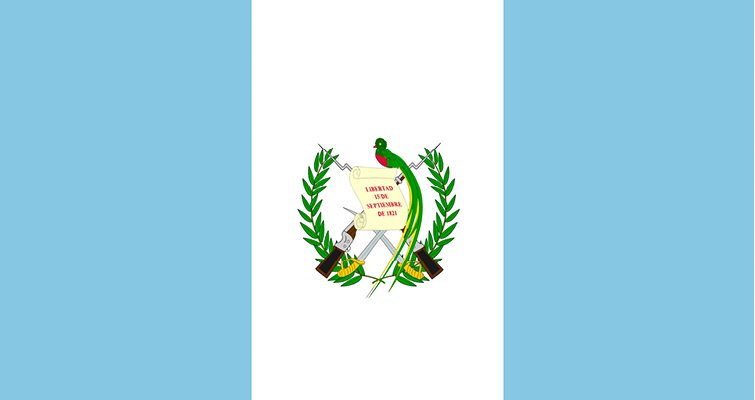Fighting an invisible crime: protecting girls in Guatemala (A) 2015-170.1
2 September 2015
● Research
As Director of Guatemala’s Sexual and Reproductive Health Observatory (OSAR), Dr Mirna Montenegro sees the statistical evidence of the high rate of teenage pregnancies. Girls as young as 10 are becoming pregnant, often to family members, but in rural areas and amongst the indigenous people, this is largely unacknowledged to be wrong. Since the end of the Civil War in 1996, Guatemala has made some progress in areas of social disadvantage, but tackling the problems of reproductive health and violence against women proves challenging. While the government has the enormous task of rebuilding the nation, it is NGOs who push for improvement in women’s and children’s rights. Organisations like OSAR need to push for strict laws to deter sexual violence, but know also that strategic communication could be one of their best chances of ensuring an overall cultural shift.
This case poses the question how agencies concerned for the welfare of women and children can act to bring about lasting change. It can be used to discuss strategic planning and communication, as well as complex contextual factors such as poverty, stigmas, and an unfamiliar regulatory environment.
- Authors: Sara Rodriguez, Tim O'Loughlin
- Published Date: 2 September 2015
- Author Institution: Carnegie Mellon University Australia
- Featured Content Length: 4
- Content Length: 7
- Product Type: Case with teaching note, Primary resources
